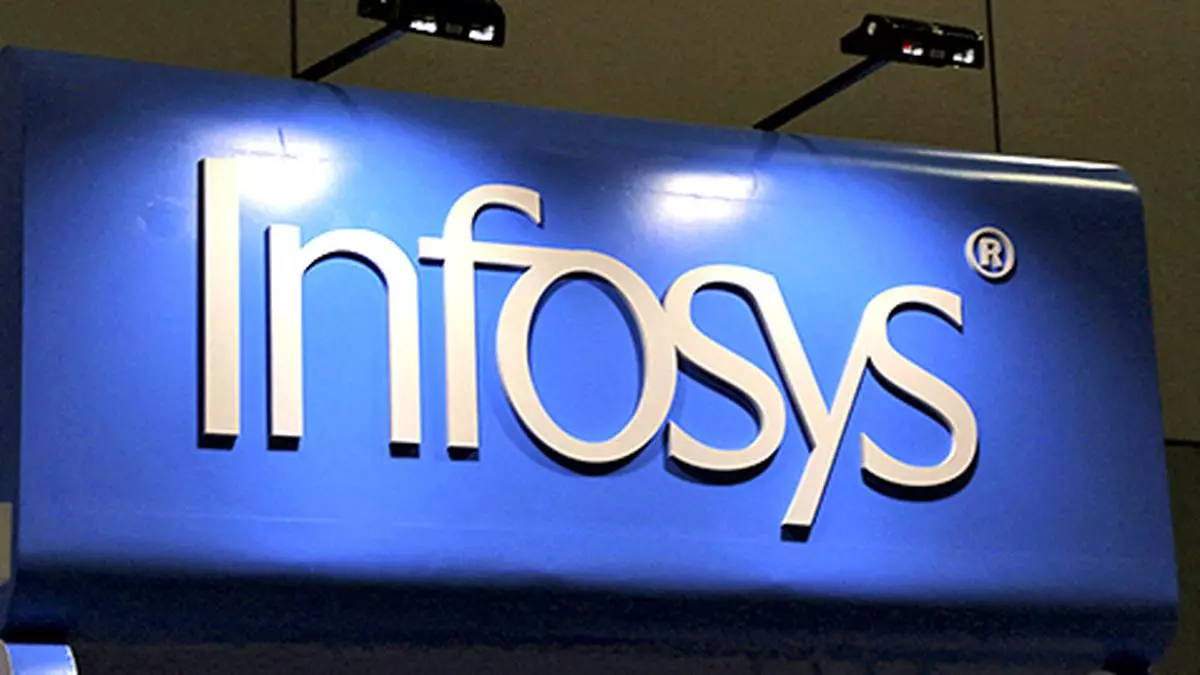What is the role of flux in soldering during Rigid flex pcb?
role of flux in soldering during Rigid flex pcb
Flux plays a fundamental role in the soldering process, particularly in the context of rigid flex PCB assembly, where unique challenges must be addressed to ensure reliable connections and optimal performance. Understanding the role of flux in soldering is essential for achieving high-quality solder joints and maintaining the integrity of rigid flex PCB assemblies.
In soldering, flux serves multiple critical functions, primarily acting as a cleaning agent, a wetting agent, and an oxidation barrier. During the soldering process, flux removes surface oxides from the metal surfaces being joined, ensuring a clean and pristine surface for the formation of solder joints. This is particularly important in rigid flex PCB assembly, where the presence of contaminants or oxides can compromise the integrity of electrical connections and lead to reliability issues.
Moreover, flux functions as a wetting agent, facilitating the flow of solder and promoting the formation of strong metallurgical bonds between the solder and the substrate materials. In the case of rigid flex pcb, where a combination of rigid and flexible substrates is used, flux helps ensure uniform wetting across different materials, allowing for consistent and reliable solder joints even in areas with varying surface characteristics.

What is the role of flux in soldering during Rigid flex pcb?
Additionally, flux serves as an oxidation barrier, preventing the reformation of oxides on the metal surfaces during the soldering process. This is crucial for maintaining the solderability of the surfaces and preventing defects such as solder bridging or poor wetting. In rigid flex PCB assembly, where temperature variations and thermal cycling may occur, the use of flux helps mitigate the risk of oxidation-related issues and ensures the long-term reliability of solder joints.
Furthermore, flux plays a significant role in controlling the soldering process, particularly in challenging assembly environments such as those encountered in rigid flex PCB manufacturing. Different types of flux, such as rosin-based, water-soluble, or no-clean flux, offer varying degrees of activity and residue characteristics, allowing manufacturers to tailor the soldering process to meet specific application requirements. This versatility is essential for achieving optimal soldering results while minimizing the risk of flux-related issues such as corrosion or electrical insulation failures.
Moreover, flux aids in the removal of excess solder and flux residues after soldering, contributing to the overall cleanliness and aesthetics of the finished PCB assembly. Proper flux residue removal is critical in rigid flex PCBs, where any residues left behind can interfere with subsequent assembly processes or compromise the performance of the electronic device.
In conclusion, flux plays a crucial role in the soldering process during rigid flex PCB assembly, serving as a cleaning agent, a wetting agent, and an oxidation barrier. By facilitating the formation of strong and reliable solder joints, flux ensures the integrity and performance of rigid flex PCB assemblies in various electronic applications. As technology advances and the demand for more complex and reliable electronic devices grows, the importance of flux in soldering will continue to be paramount in achieving high-quality PCB assemblies.




Leave a Comment